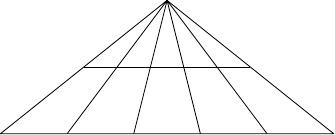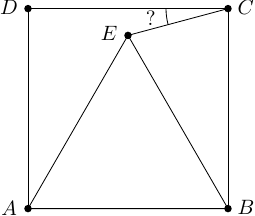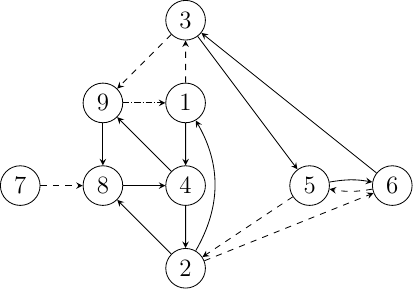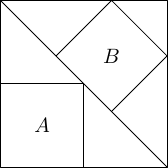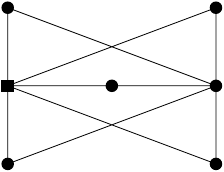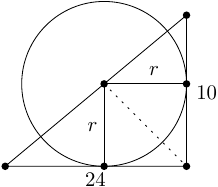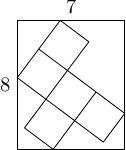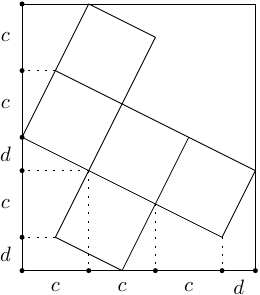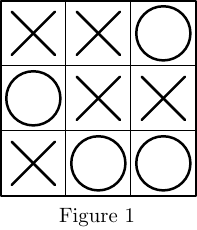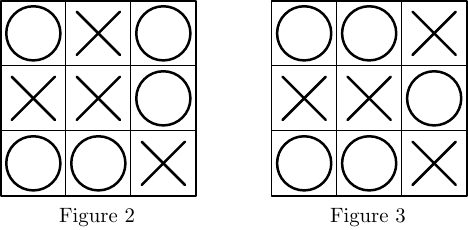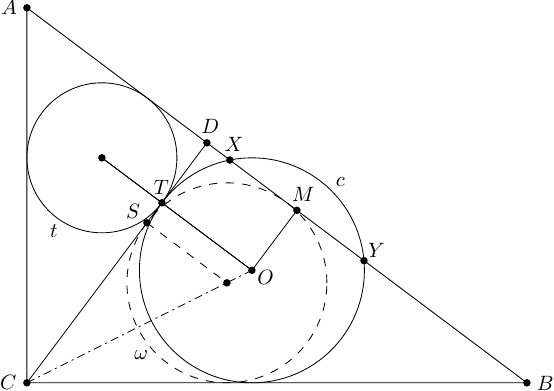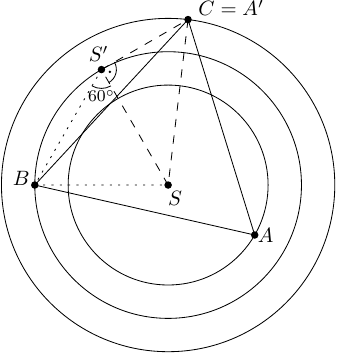Answer:
Recall that if
is the prime factorization of , then
|
The condition that the highest common factor is not a power of two can be equivalently restated that there is an odd prime number dividing both and . Since
|
this number is never divisible by , therefore the smallest possible value of is . Further note that cannot divide and at the same time, for otherwise it would have to divide
|
Therefore there are distinct such that and . Since we are looking for the smallest number, we may assume that , , and .
If , the smallest possible values for , are , , and taking the smallest possible primes, i.e. , , we obtain .
If , then and , yielding
showing that is indeed the smallest possible value of .

